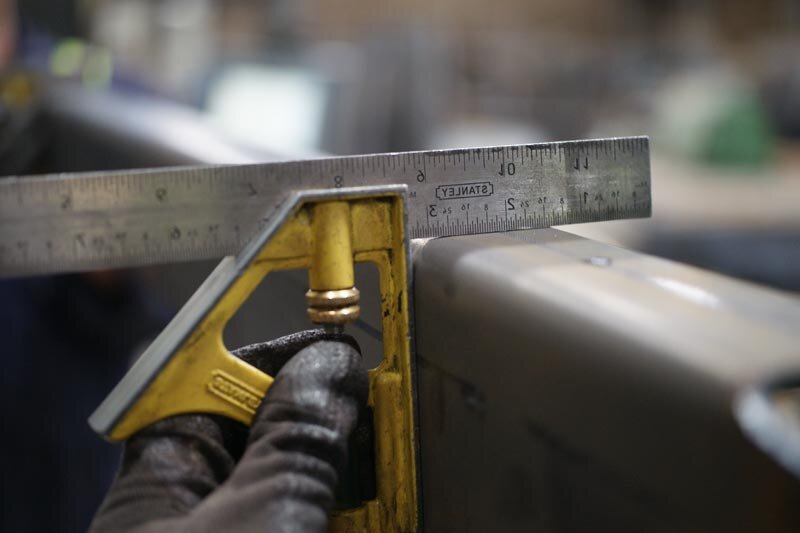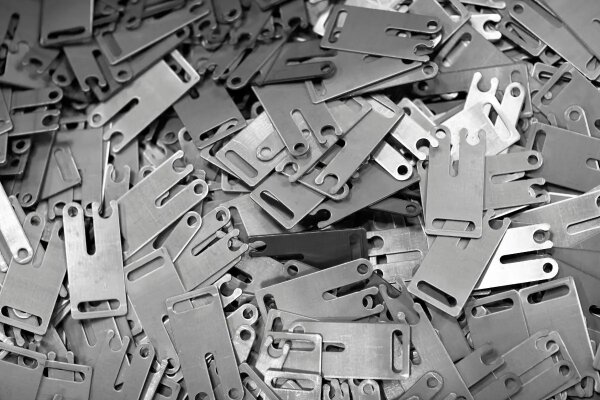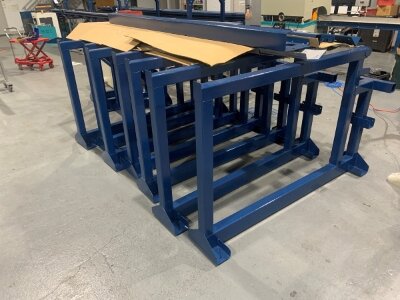Most fasteners are made to tighten parts, not damage them. But thread galling does precisely that. Threads seize, lock up, and sometimes even tear apart during tightening. Galling isn’t just a headache—it’s a real production problem. The good news is, it’s possible to avoid it once you know what causes it and how to stop it.
Thread galling might seem minor, but it wastes time and ruins parts. Here’s how to spot it and stop it before it spreads.
What Is Thread Galling?
Thread galling happens when the bolt and nut threads stick together during tightening. The pressure and friction between the surfaces cause the metal to tear or seize. This is most common with stainless steel, aluminum, and titanium. These materials have sticky properties and tend to weld under pressure without lubrication.
When galling starts, it escalates fast. The more you turn the fastener, the worse it gets. Threads lock up. Sometimes the bolt breaks or the nut becomes impossible to remove. This is not due to poor machining but rather a physical reaction between metal surfaces under high load.
Understanding the Science Behind Galling
To stop galling, you need to know how it happens. Galling is more than just threads getting stuck—it’s a surface-level failure caused by extreme contact.
Friction and Adhesion at the Thread Interface
When two metal surfaces rub together under load, friction increases. They stick if the materials are similar, like stainless steel on stainless steel. Without lubrication, this contact turns into adhesion.
High pressure causes parts of one thread to pull off and stick to the other as the bolt turns. This creates rough spots that increase resistance. Turning becomes harder, and eventually, the fastener locks.
Plastic Deformation and Metal Transfer
Under heavy pressure, soft metals deform. This is called plastic deformation. Instead of sliding smoothly, the threads press into each other. Material from one surface transfers to the other.
This transfer is not even. It creates raised areas that worsen the contact. More pressure leads to more tearing. Now, galling has already started and will get worse with each turn.
Galling vs Seizing: What’s the Difference?
Galling is the process. Seizing is the result. Galling begins when metal starts to tear and transfer. You may feel extra resistance while tightening.
Seizing is when the fastener locks completely, no more turning. The parts are stuck at that point and can’t be loosened without force. In many cases, the only option is to cut or break the fastener.
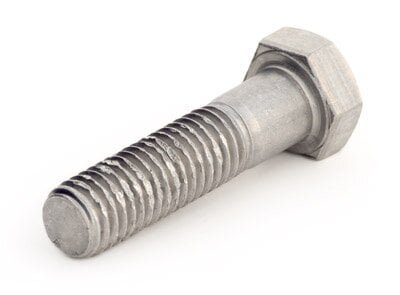
Causes of Thread Galling
Several factors can cause thread galling. Most happen during installation. Understanding these root causes helps reduce the chance of damage.
High Friction Due to Similar Materials
When fasteners are made from the same or similar metals, like stainless steel on stainless steel, the galling risk increases. These metals have a high tendency to stick to each other under pressure. They don’t slide easily, and that increases friction.
Lack of Lubrication
Dry threads create high friction. Metal surfaces are more likely to weld together without a lubricant or anti-seize compound. This is especially true for soft metals. Even a small amount of lubricant can reduce surface contact and prevent galling.
Excessive Torque or Over-tightening
Too much torque increases pressure on the threads. This makes the surfaces press harder together, which raises the chance of tearing. Over-tightening also causes deformation, leading to seizure before reaching the proper load.
Poor Surface Finish or Thread Quality
Rough threads create more friction. Scratches or burrs act like hooks that catch the opposing surface. Damaged or poorly cut threads don’t fit well and are likelier to stick and tear under load.
High-Speed Assembly or Rapid Tooling
Fast turning speeds cause heat. That heat softens metal and increases the chance of adhesion. High-speed tools can skip the early warning signs of galling, like resistance or noise, and go straight to thread damage.
Incompatibility of Thread Materials
Some metal combinations do not work well together. For example, aluminum bolts in steel threads can wear out quickly or seize due to uneven hardness and thermal expansion. Picking the wrong pair increases galling risks, especially without surface treatments.
Identifying Galling in Fasteners
Galling often starts without warning. But if you know what to look for, you can stop the process before it worsens.
Visual Signs During Assembly
You may notice small metal flakes or powder around the threads during tightening. This is one of the first signs of galling. The fastener may also look shiny or rough in spots where the metal is starting to tear.
If galling is further along, the threads may appear distorted or smeared. These are signs that material is already transferring between the bolt and nut.
Thread Lock-Up or Sudden Resistance
One of the most common symptoms is sudden resistance. You’re turning the nut, and everything seems fine—then it tightens too fast, or the torque spikes. This is a strong warning sign.
If you keep turning past this point, the threads will likely seize. The fastener becomes locked and can’t be loosened without damage.
Damage Upon Disassembly
After removal, galled threads will often look torn or stripped. You may see chunks of metal missing from one thread and stuck to the other.
Sometimes, the fastener breaks during disassembly. If tools like impact guns or cheater bars were needed to remove the part, galling was likely involved.
Microscopic Characteristics of Galled Threads
Under a microscope, galled threads show signs of surface welding. The metal looks rough and uneven. You’ll see deep scratches, torn surfaces, and areas where one part pulled away from the other.
These marks are different from standard wear. They show that the problem came from surface fusion, not just repeated use or corrosion.
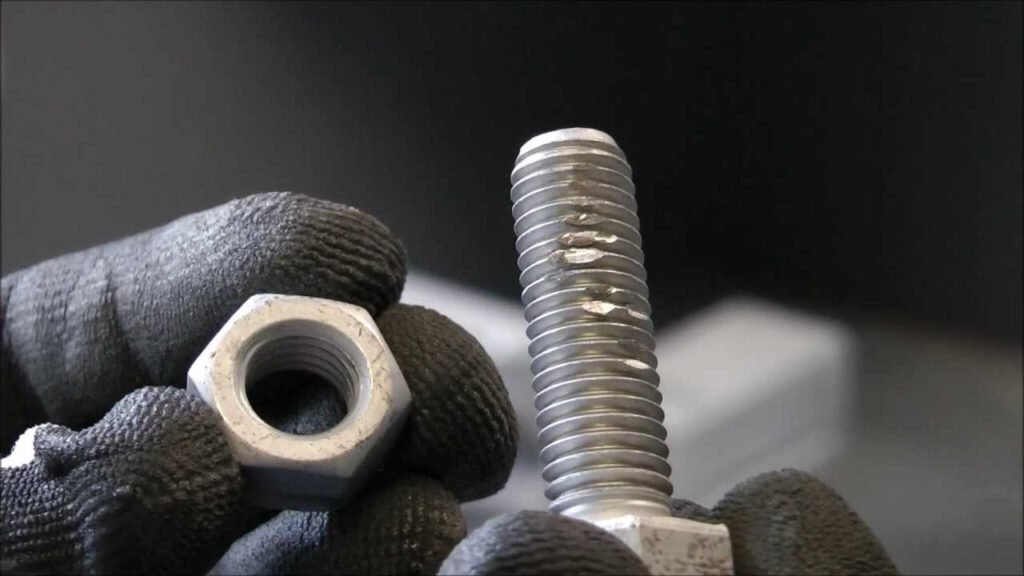
Materials and Their Susceptibility
Some materials are more likely to gall than others. Their surface properties and strength levels affect how they behave under pressure.
Stainless Steel and Galling Risk
Stainless steel is one of the most common materials where galling occurs. It has a natural oxide layer that protects against corrosion and increases the adhesion chance.
When stainless steel threads rub against each other, they can bond. Without lubrication, even a clean, well-machined thread can seize. Austenitic grades like 304 and 316 are especially prone to galling.
Aluminum and Titanium Alloys
Aluminum is soft and tends to deform easily. Under torque, it can tear and transfer metal to the mating thread. This causes galling in lightweight assemblies, especially without lubrication.
Titanium is harder, but it reacts similarly. It has a high friction coefficient and tends to weld to itself or other metals. It is also sensitive to heat, which adds to the problem.
Hardened vs. Non-Hardened Materials
Hardened metals are less likely to gall. They resist deformation and do not transfer material as easily. Fasteners made from heat-treated alloys tend to perform better in high-load assemblies.
Non-hardened metals, on the other hand, deform quickly under stress. They can create rough spots that lead to tearing and lock-up during tightening.
Coated and Plated Threads
Coatings help reduce friction and prevent metal-to-metal contact. Zinc, nickel, or dry film lubricants act as a barrier layer. These finishes help threads slide smoothly and reduce galling.
Plated threads also resist corrosion, which protects the surface. However, galling can still occur if the coating wears off or gets damaged, especially during repeated use.
Prevention Techniques
You can avoid galling by adjusting how you choose, handle, and install your fasteners. These simple steps help reduce surface damage and keep threads working smoothly.
Choosing the Right Material Pairings
Avoid using fasteners made from the same or similar metals. For example, don’t pair a stainless bolt with a stainless nut unless needed. Mix materials when possible, such as stainless steel with coated carbon steel.
Different hardness levels reduce the risk of adhesion. Choosing a harder nut or coated insert often helps prevent metal transfer.
Using Proper Lubricants
Use anti-seize compounds or lubricants made for threaded assemblies. These reduce friction and create a protective film. Apply it to the threads before tightening.
For stainless steel, nickel-based lubricants work well. For aluminum, use a product rated for soft metals. Don’t skip this step. Dry threads are the top cause of galling.
Slowing Down the Fastening Process
Fast tightening increases heat and friction. Both raise the chance of galling. Turn nuts and bolts slowly, especially in power tool setups.
If using an impact gun, set it to low speed or use a manual wrench when possible. Slow, steady turns give the threads time to align and settle.
Applying Correct Torque Values
Using the wrong torque can ruin the joint. Too much force increases pressure on the threads. Follow the recommended torque settings for your material and size.
Use a calibrated torque wrench. Avoid over-tightening. That extra turn may be what causes thread lock-up.
Selecting Threads with Surface Coatings
Pick fasteners with PTFE, zinc, or dry film coatings when galling is a concern. These surface treatments reduce direct metal contact.
They help the threads glide and lower the risk of tearing. Pre-coated fasteners are especially useful in automated or high-volume settings.
Cold Working or Thread Rolling Improvements
Thread rolling strengthens the thread surface. It compresses the grain structure instead of cutting it. This makes the threads smoother and harder.
Cold-worked threads resist tearing and galling better than standard cut threads. If your project allows it, rolled threads are a solid upgrade.
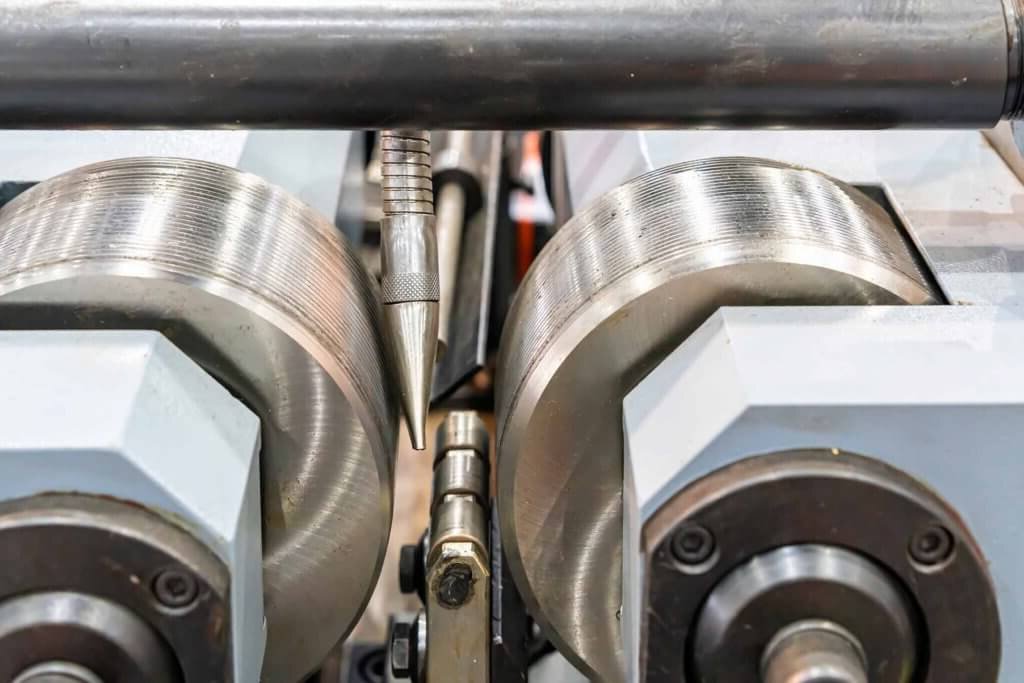
Lubrication Strategies
Lubrication is one of the easiest ways to stop galling. But not all lubricants work the same. Choosing the right type and applying it correctly makes a big difference.
Types of Anti-Seize Compounds
Anti-seize compounds are made to reduce friction under pressure. They contain soft metal particles like copper, nickel, or aluminum. These create a barrier between the thread surfaces.
Nickel-based types work best for stainless steel. Copper-based versions are standard for general use. Always match the compound to the fastener material and the operating temperature.
Dry Film Lubricants vs. Grease-Based
Dry film lubricants go on thin and leave a solid layer. They don’t attract dirt and are better for clean environments or tight fits. These work well in aerospace and electronics.
Grease-based types are thicker. They stick well and provide more protection for rough threads or outdoor use. But they can collect debris over time.
When to Avoid Lubrication?
In rare cases, lubrication should be skipped. For example, lubrication may throw off readings in load-critical joints where torque must create a certain clamp force.
Some coatings also act as lubricants. Using extra grease on top may cause over-tightening. Always follow the manufacturer’s guidelines.
Best Practices for Application
Apply a thin, even coat to both male and female threads. Don’t overdo it. Excess compound can squeeze out and attract dirt.
Avoid getting lubricant on non-threaded surfaces. Use a brush or small applicator. Store the container sealed to keep it clean for future use.
How to Navigate Repairs and Recovery?
When galling happens, the damage can be severe. But there are ways to recover. Knowing your options helps reduce downtime and prevent further issues.
When Is Disassembly Still Possible?
If the fastener hasn’t fully seized, stop turning when you feel resistance. Apply penetrating oil and let it sit for several minutes.
Try turning the fastener back and forth gently. Don’t force it. A slight movement may help break the surface bond without tearing the threads.
Cutting Out or Removing Damaged Fasteners
If the fastener is locked, you may need to cut it off. Depending on access and material, use a hacksaw, rotary tool, or bolt cutter.
For bolts stuck in blind holes, try using a left-hand drill bit or an extractor. Work slowly to avoid damaging the mating threads.
Re-Tapping or Re-Threading Options
You can restore the threads with a tap or die if the threads are slightly damaged. Clean the hole first. Use the correct size tool and add lubricant.
Run the tap slowly and check for metal chips. Don’t try this if the threads are stripped or torn. In that case, go for an insert instead.
Helicoils and Thread Inserts
Helicoils are wire coils that restore damaged threads. Drill out the hole, tap new threads, and insert the coil. This gives you a strong new thread inside the original part.
For larger repairs, use solid thread inserts. These are stronger and more durable. Both methods let you reuse the part instead of scrapping it.
Conclusion
Thread galling happens when metal threads seize during tightening. It’s caused by friction, pressure, and material transfer—especially in stainless steel, aluminum, and titanium. To prevent galling, choose the correct fastener combinations, apply proper lubrication, and tighten slowly with the correct torque.
Looking for reliable sheet metal fasteners or help with assembly solutions? Contact our team today for expert support and custom options. Let’s keep your production smooth and your parts protected.
Hey, I'm Kevin Lee

For the past 10 years, I’ve been immersed in various forms of sheet metal fabrication, sharing cool insights here from my experiences across diverse workshops.
Get in touch

Kevin Lee
I have over ten years of professional experience in sheet metal fabrication, specializing in laser cutting, bending, welding, and surface treatment techniques. As the Technical Director at Shengen, I am committed to solving complex manufacturing challenges and driving innovation and quality in each project.

